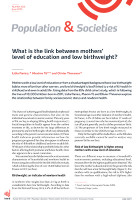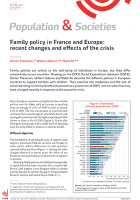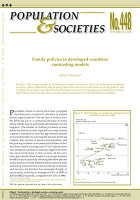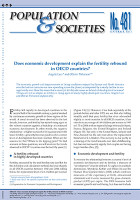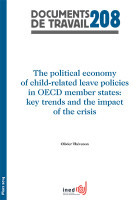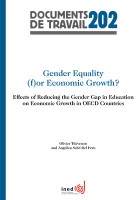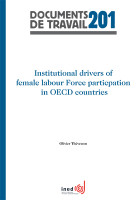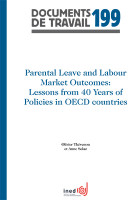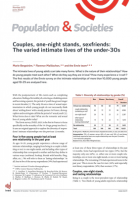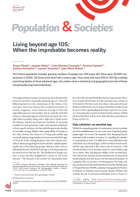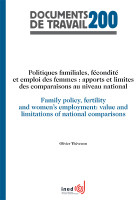
Family policy, fertility and women’s employment: value and limitations of national comparisons
Collection : Documents de travail
n° 200, 2014, 52 pages
- Fertility, employment and family policy trends in OECD countries
- Effects of family policy on national fertility and women’s employment rates: recent findings
- Limitations of national comparisons: integrating micro and macro
This paper discusses the pros and cons of comparative analysis of family policies. It starts by presenting key family and work outcomes, and basic differences in family policies that have drawn attention of scientists and policy makers to the needs of a better understanding of cross-national differences. A key concern is especially to identify the policy-related factors that make it possible for certain countries to show both higher female employment and fertility rates at the same time, while some other countries are lagging behind with regards to these two dimensions.
Then, to answer this question, recent analyses assessing the influence of policies on fertility and labour market outcomes at the macro level are reviewed. The last part of the chapter claims for more work making it clear the relationships between the differences in outcomes at the national level and the heterogeneity of behaviours within each country. More work integrating information at both the macro and the micro levels, as well as looking at variations in policies with family forms, across regions and over time, are all required to get a better understanding of cross-country differences. Maintaining efforts to collect information on policies in this perspective are needed.


